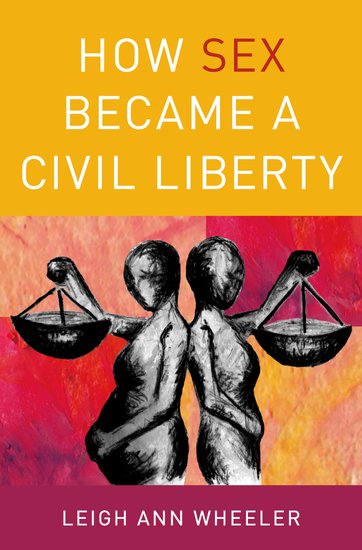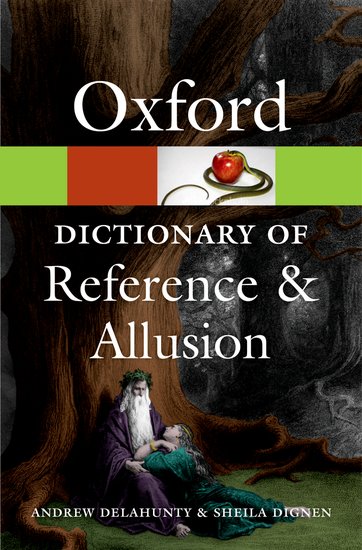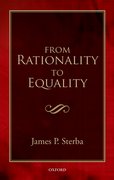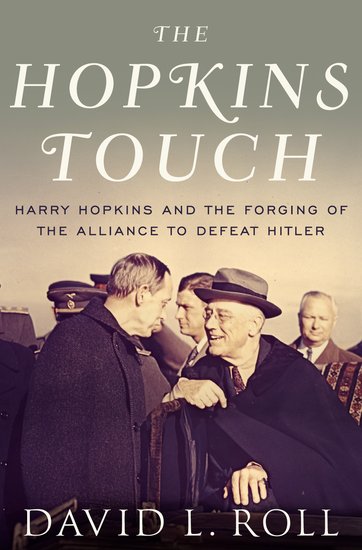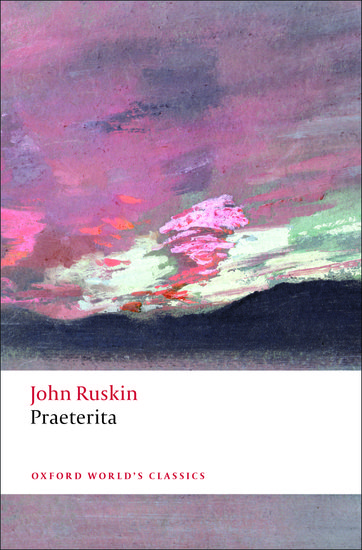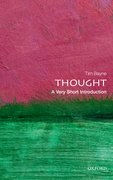Choices and rights, children and murder
By Leigh Ann Wheeler
How did we arrive at this stunningly polarized place in our discussion — our national shouting match — over women’s reproductive rights? Certainly it wasn’t always this way. Indeed, consensus and moderation on the issue of abortion has been the rule until recently. Even if we go back to biblical times, the brutal and otherwise misogynist law of the Old Testament made no mention of abortion, despite popular use of herbal abortifacients at the time.

